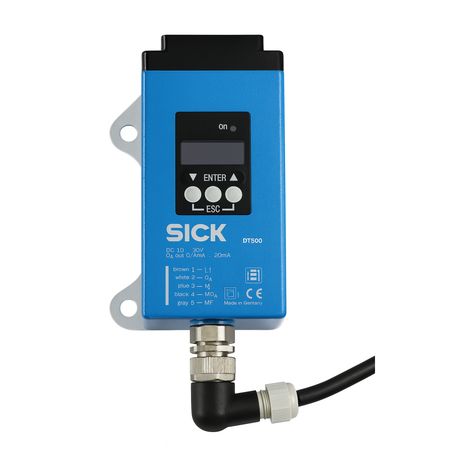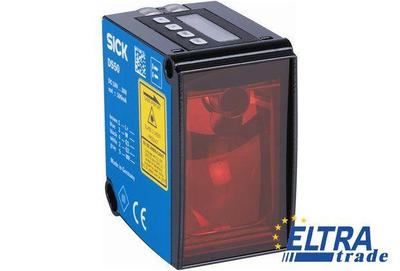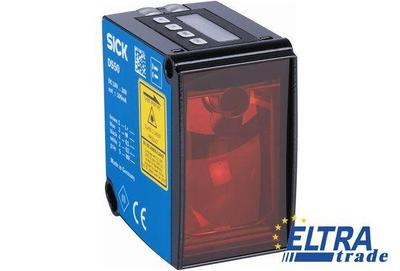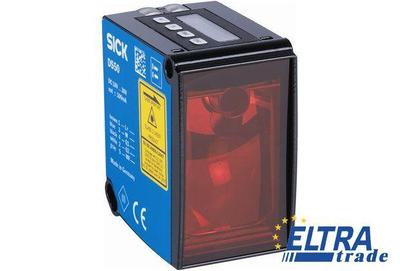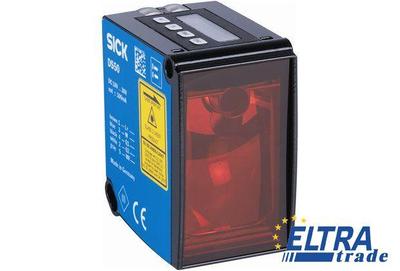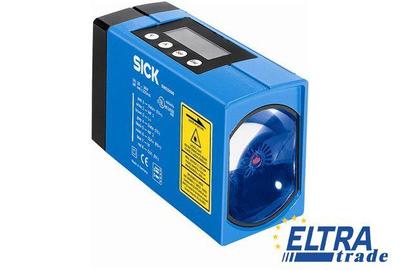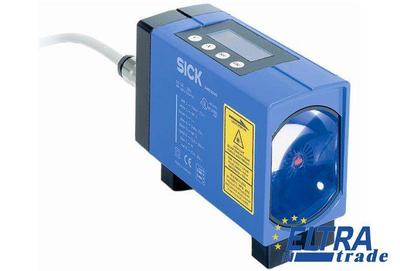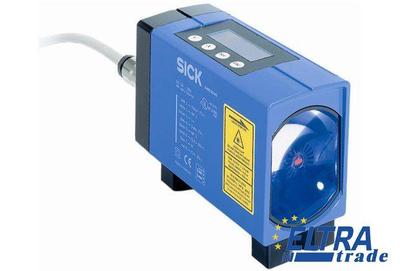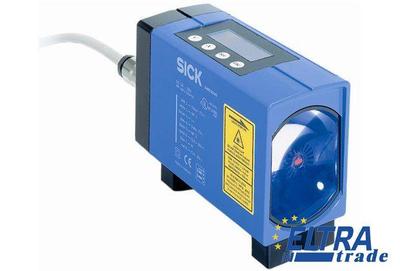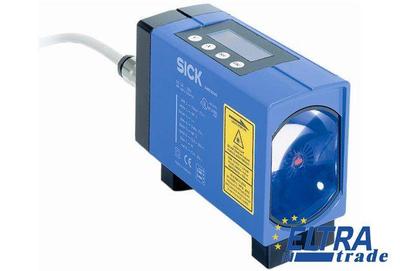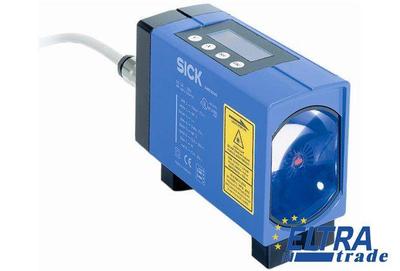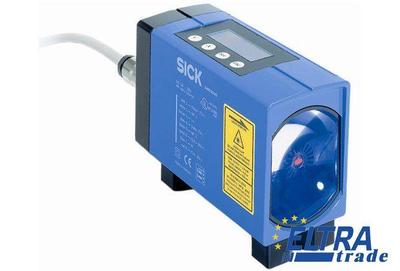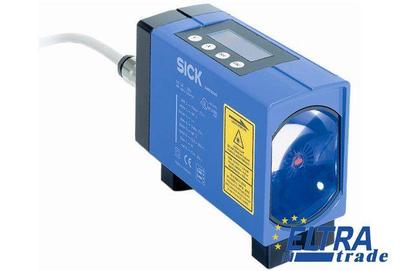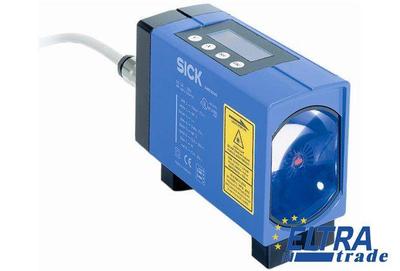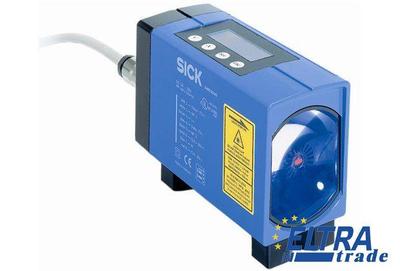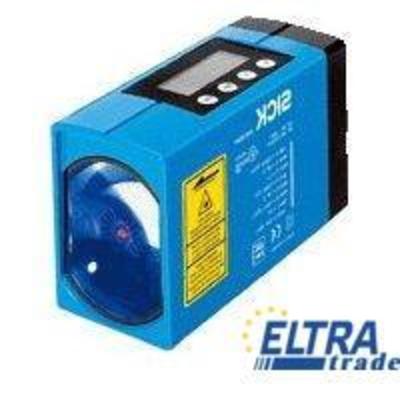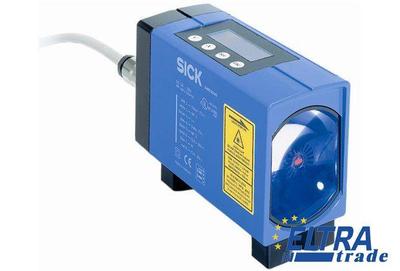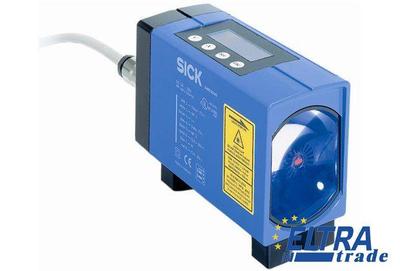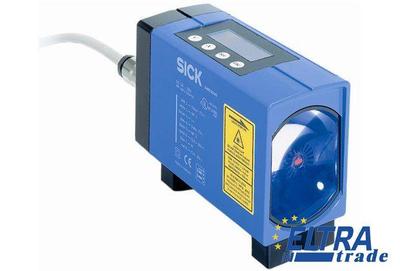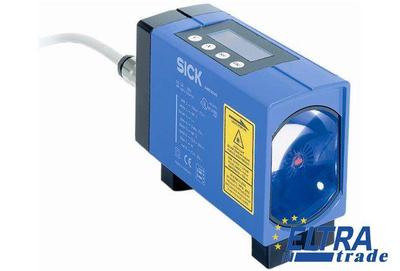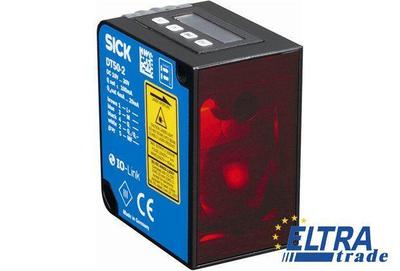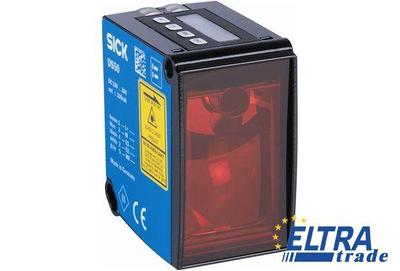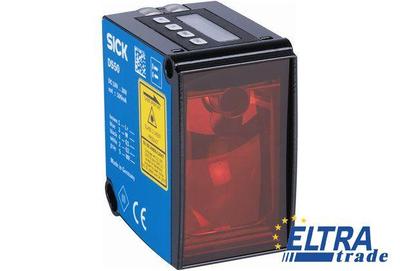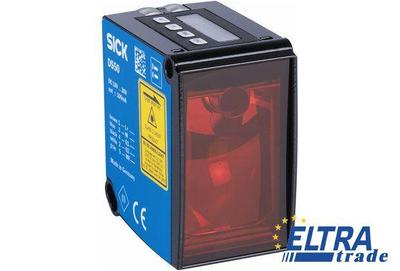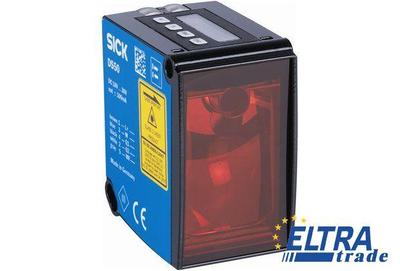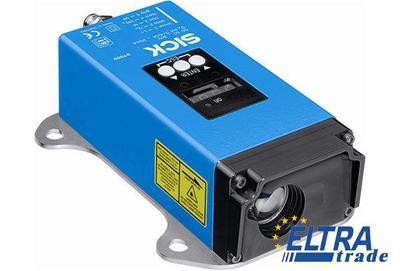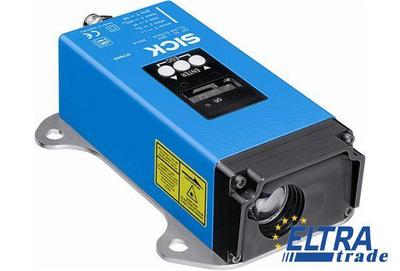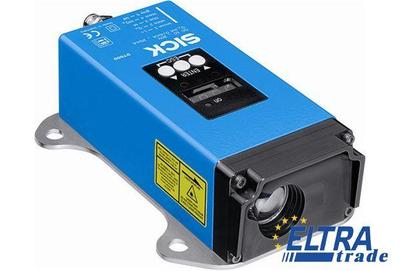Sick Distance sensors
IN STOCK!
- Used
- art.: 1026515 / Dx500
- meas. range: 0.2 m ... 30 m
- Target: natural objects
- HDDM™ technology provides the best reliability, safety to ambient light and price/performance ratio
- Up to 50 m range on diamond grade reflector
- World’s smallest sensor for high precision positioning with SSI or RS-422 interfaces
- HDDM™ technology provides the best reliability, safety to ambient light and price/performance ratio
- Up to 50 m range on diamond grade reflector
- World’s smallest sensor for high precision positioning with SSI or RS-422 interfaces
- HDDM™ technology provides the best reliability, safety to ambient light and price/performance ratio
- Up to 50 m range on diamond grade reflector
- World’s smallest sensor for high precision positioning with SSI or RS-422 interfaces
- HDDM™ technology provides the best reliability, safety to ambient light and price/performance ratio
- Up to 50 m range on diamond grade reflector
- World’s smallest sensor for high precision positioning with SSI or RS-422 interfaces
This product has been discontinued!
- Multiple measurement and positioning options from 0.15 m to 220 m
- High-speed output rate
- Very high resolution, repeatability and accuracy
- Measurement range from 0.15 m to 300 m
- Very fast measurement cycles
- Highest accuracy, repeatability and system availability
- Measurement range from 0.15 m to 300 m
- Very fast measurement cycles
- Highest accuracy, repeatability and system availability
- Measurement range from 0.15 m to 300 m
- Very fast measurement cycles
- Highest accuracy, repeatability and system availability
- Measurement range from 0.15 m to 300 m
- Very fast measurement cycles
- Highest accuracy, repeatability and system availability
- Measurement range from 0.15 m to 300 m
- Very fast measurement cycles
- Highest accuracy, repeatability and system availability
- Measurement range from 0.15 m to 300 m
- Very fast measurement cycles
- Highest accuracy, repeatability and system availability
- Measurement range from 0.15 m to 300 m
- Very fast measurement cycles
- Highest accuracy, repeatability and system availability
- Measurement range from 0.15 m to 300 m
- Very fast measurement cycles
- Highest accuracy, repeatability and system availability
- Measurement range from 0.15 m to 300 m
- Very fast measurement cycles
- Highest accuracy, repeatability and system availability
- Measurement range from 0.15 m to 300 m
- Very fast measurement cycles
- Highest accuracy, repeatability and system availability
- Measurement range from 0.15 m to 300 m
- Very fast measurement cycles
- Highest accuracy, repeatability and system availability
- Measurement range from 0.15 m to 300 m
- Very fast measurement cycles
- Highest accuracy, repeatability and system availability
- Measurement range from 0.15 m to 300 m
- Very fast measurement cycles
- Highest accuracy, repeatability and system availability
- Measurement range from 0.15 m to 300 m
- Very fast measurement cycles
- Highest accuracy, repeatability and system availability
- Measurement range from 0.15 m to 300 m
- Very fast measurement cycles
- Highest accuracy, repeatability and system availability
- Four measuring ranges from 50 mm up to 1,000 mm
- Very high linearity of up to ± 0.5 mm
- CMOS receiving element enables accurate distance measurement independent of color or shininess
- Measuring range up to 10 m on black targets and up to 30 m on white targets within a compact housing
- Output rate up to 3,000/s
- Repeatability: 0.5 mm to 5 mm
- HDDM™ technology provides the best reliability, safety to ambient light and price/performance ratio
- Most compact sensor offering up to 20 m range directly on the object
- Amazing repeatability up to 1 mm
- HDDM™ technology provides the best reliability, safety to ambient light and price/performance ratio
- Most compact sensor offering up to 20 m range directly on the object
- Amazing repeatability up to 1 mm
- Measurement range 0.2 m ... 70 m
- One analog output, RS-422 or CAN
- Highest measurement resolution, repeatability and accuracy without a reflector
Distance sensors are devices that allow non-contact measurement of parameters such as the length, width, and height of an object. In industrial production, changing these parameters is one of the main tasks, but since today there are a huge number of various fields of use and objects for measurement, there are no specific methods for determining this parameter.
In our today's material, we will take a closer look at Sick laser distance sensors.
Working Principles of Sick Distance Sensors
Various sensors and devices are used to measure the distance: optical and ultrasonic sensors, optical scanners, linear, and wire-wound encoders. Such a variety of measurement devices is due to the fact that different production tasks require different technologies and measurement principles.
Optical sensors direct the light beam and receive information about the distance of the object. Optical distance sensors represent a wide range of devices, among which it is sometimes quite difficult to choose the right model.
To simplify the task of choosing the right distance sensor, two criteria must first be defined: measurement range and measurement accuracy. All optical sensors use one of two principles: the measurement of the time of passage of the beam (from an object or a reflector) or the principle of geometric triangulation.
Advantages and Applications of Sick Distance Sensors
There are three main advantages of the sick distance sensor.
- Laser triangulation. Triangulation is based on measuring distance by calculating an angle. In this case, the sensor projects a light spot onto the object being detected. The light reflected from the object - depending on the distance - hits the receiving line of the sensor at a certain angle. By the position of the light spot on the receiving element, you can determine the distance to the object.
- Time of passage of light. In Optical Time of Flight measurement, the distance between the sensor and the object is determined by the measured time that elapses between the emission of a light pulse (laser diode, LED) by the sensor and its reflection back to the receiver.
- Transit time of the ultrasound. When measuring the time of passage using ultrasound (Ultrasonic Time of Flight), the sensor emits a sound pulse, which is reflected by the detected object. The time it takes for a pulse to travel from the sensor to the object and back is measured, estimated, and converted to an appropriate distance.
Also, Sick laser sensor distance are great for detecting objects and determining the distance to them, calculating the level of liquids and bulk gases. They are able to perform these tasks even in complete darkness, regardless of the temperature and humidity of the air, its smoke content, and the degree of dust pollution. False alarms do not occur because the receiver does not respond to human-audible sound, but can be tuned to the desired frequency.
Selection of Sick Distance Sensors
Sick offers a wide range of distance sensors including products such as.
Ultrasonic sensors
An ultrasonic sensor is used to detect and determine the distance to an object, as well as to control its movement. The transmitter emits sound vibrations whose frequency exceeds 20 kHz. They in the form of waves "flash through" the space, and, meeting with solid objects, are reflected from them and fall into the sensor receiver. The ultrasonic sensor determines the distance to objects located at a distance of no more than 8 meters from the emitter. The harder and smoother the surface of the object, the better the waves are reflected from it.
Optical data transmission
These sensors work by changing the speed of the beam that is displayed from a certain surface. The transmitted light is then analyzed and converted into a digital signal. The range of devices is quite extensive, it ranges from 1 mm to 130 m. This type of sensor is used for measurement in many industries.
Mid-range distance sensors
Depending on the power class and laser, these distance sensors provide measuring ranges of 10 m, 20 m, and even 50 m with a reflector. Due to the wide measuring ranges, the sensors are not only flexible for digital, analog, or serial signal output but also easy to integrate into any production environment. Thanks to the intuitive and holistic operating concept, commissioning is also very easy.
Linear measurement sensors
This is a device designed to determine the change in the location of an object along one coordinate, as well as the distance to the object. The object may be in solid, liquid, or granular form. Such sensors convert data about the movement of an object into an output signal. They are one of the important measuring elements of control and monitoring systems. They are widely used in various fields.
Long-range sensors
Such sensors are designed for very long distances. The transit time method allows reflector reflections to be measured at distances up to 1200 m and thus opens up a wide range of applications where long-distance operation is required. The robust design as well as the extensive software customization options highlight the versatility of this product line.
If you want to get more detailed information about each of the presented devices, you can always read the Sick distance sensor manual.
